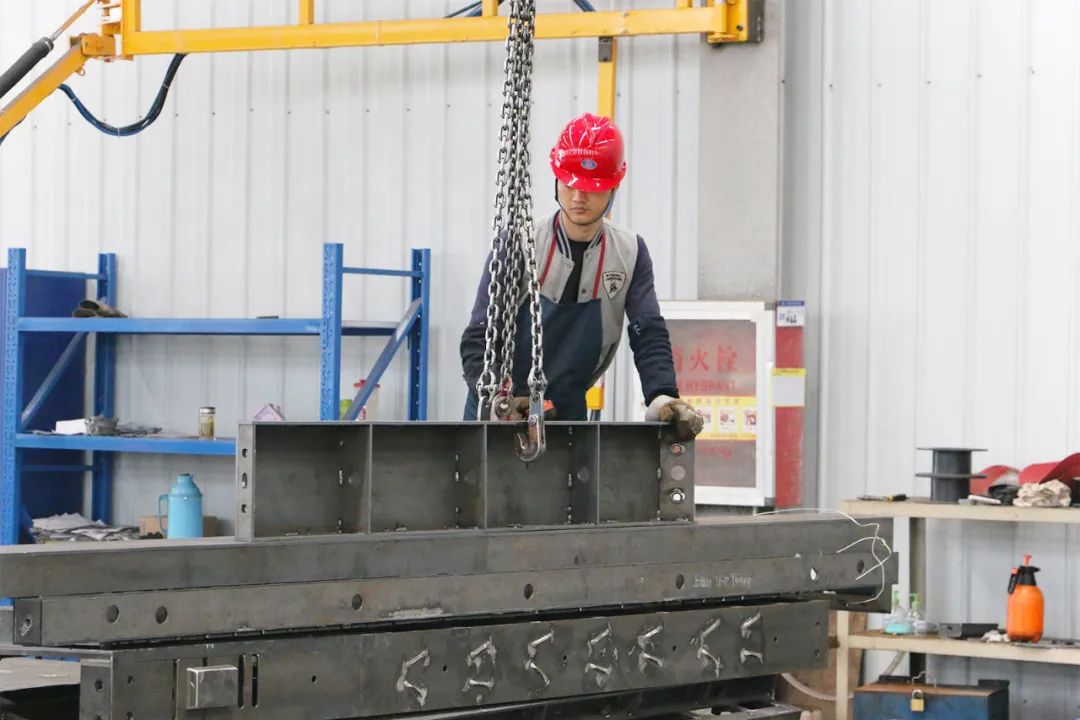How to treat the high cost of precast construction
Some places did not avoid the problem of cost in the 14th five year plan document of precast buildings.
What is the current cost situation of precast buildings? There are three different types of interview: the cost of direct interview is higher than that of direct interview; Some said that the overall cost of precast buildings is basically the same as that of cast-in-situ, or can be flat soon; Others say that it can not be generalized.
In addition, the aging of construction workers is becoming more and more serious, and the proportion of labor cost will continue to increase.
These are the key research directions.
The second is the vision of development.
This proportion is not high, and there is a lot of room for development in the future.
The planning of Wuhan mentioned that the standardization and modularization of local precast buildings are generally low, which is not conducive to large-scale development and cost control.
Most of the reduced costs are hidden, such as reducing the cost of on-site plastering, cutting and repair, window edge and other detailed treatment.
The advantages of precast buildings in this regard will soon be further highlighted.
In many places, there are problems such as incomplete industrial chain and mismatched production capacity.
From the national level, the development goal of precast buildings during the 14th Five Year Plan period is to account for more than 30% of new buildings.
The high cost of precast construction is mainly due to the fact that it is in the promotion stage at present, and its development is not mature in many aspects, and its advantages have not been brought into full play.
According to the reporter, the mainstream view is that the average cost of precast buildings is 10% ~ 20% higher than that of traditional construction methods.
Profit is the most direct driving force for enterprise development.
Chief Planner: Cha Yanping editor: Gao Yangyang..
Therefore, it is very important to correctly and rationally treat the current high cost of precast buildings.
The general contracting management mode of precast building engineering is still in the promotion stage, and the construction cost has not been effectively controlled.
In addition, allowing pre-sale in advance speeds up the capital turnover of enterprises and reduces the financial cost of enterprises.

The solution of these problems is not achieved overnight, especially in the second “five years” of vigorously promoting precast buildings.
Generally speaking, it is a consensus in the industry that the cost of precast buildings is higher than that of cast-in-place buildings.
For example, the degree of standardization is not high, and the general contracting mode needs to be further explored.

For example, the management of precast building standards and specifications, standardized design, part production, quality supervision and completion acceptance has not formed an innovative mechanism to promote the development of precast building.
For example, the planning of Shanghai mentioned that due to the relative separation of the design and construction links of precast buildings, the disconnection between the design link and the industrial chain has not been completely solved, and there is a phenomenon that the characteristics of precast buildings are not well considered in the early scheme link and insufficient attention is paid to the standardization of precast buildings, resulting in the problems of difficult disassembly of precast components in the later stage, low repetition rate of precast components and high cost of molds and precast components, This leads to an increase in construction and management costs.
The first is the concept of system.
The situation of each project is different, and there are many factors affecting the cost.
We can’t just focus on the incremental cost in a certain link.
Throughout the whole life cycle of engineering construction, compared with traditional construction methods, the cost changes brought by precast construction include both increment and reduction.
So what should we think of the high cost of precast construction? In fact, we might as well look at it from the perspective of concept and system development.
The planning of Hefei proposes that the construction mode needs to be further innovated.
The increased costs are generally visible direct costs, such as the increase of design costs such as component deepening and professional fine integration, the increase of component unit price compared with the cost of traditional methods, the increase of component transportation and stacking costs, and the increase of on-site hoisting, joint separation and grouting costs.
At present, a key problem facing the vigorous promotion of precast buildings is the cost, which affects the attitude of enterprises towards precast buildings.

